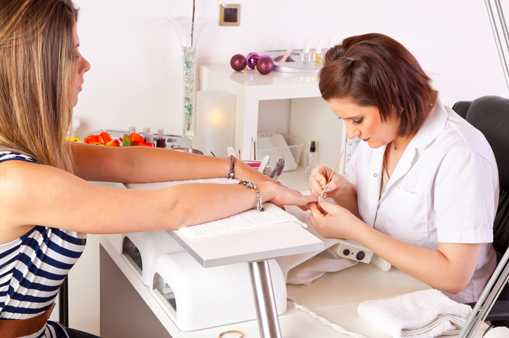Program Goals
A key leadership role for the Immune, Infectious, and Dermal Disease Program is the development of goals for Immune, Infectious, and Dermal Disease Program. The Immune, Infectious, and Dermal Disease Program is in the process of developing goals to guide NIOSH research and partnership efforts over the next decade.

NIOSH Program Portfolio Approach
NIOSH organizes its research, guidance, information, and service efforts into specific programs that can be readily communicated and strategically governed and evaluated. Ten sector programs represent industrial sectors, and seven cross-sector programs are organized around health and safety outcomes. There are also numerous core and specialty programs that represent special emphasis areas, methodological approaches, core activities and legislatively mandated programs.
The sector programs intersect with cross-sector programs in a matrix-like fashion, with relevant core and specialty programs playing a supporting role. For example, an Agriculture, Forestry and Fishing Program goal of reducing farm-related deaths and injuries due to tractor rollovers and trucks would likely be a shared goal with the Traumatic Injury Prevention Program and if appropriate would be adopted by both programs. This approach provides an added advantage and will allow multiple Programs to work towards accomplishment of intersecting NIOSH goals.
Below are the current goals for the Nation developed during the second decade of the National Occupational Research Agenda (NORA).
Immune, Infectious, and Dermal Disease Prevention Program Strategic Goals for Intramural Research
Immune and Infectious Disease
- Strategic Goal 1: Contribute to the reduction of immune abnormalities associated with workplace exposures.
Dermal Disease
- Strategic Goal 1: Contribute to the reduction of occupational skin diseases
- Strategic Goal 2 : Contribute to the reduction of skin exposures that result in systemic toxicity
- Strategic Goal 3: Contribute to the reduction of skin injuries, such as thermal burns and needlesticks
Priority Strategic Goal for Extramural Research Related to Immune and Dermal Diseases
The NIOSH Immune and Dermal Program selected the immune diseases goal as particularly suited for extramural research during fiscal year 2017:
Immune and Infectious Disease
- Strategic Goal 1: Contribute to the reduction of immune abnormalities associated with workplace exposures.
Dermal Disease
- Strategic Goal 1: Contribute to the reduction of occupational skin disease
Those seeking NIOSH grants to conduct studies related to immune diseases can view the current funding opportunities.
- Page last reviewed: August 22, 2013
- Page last updated: December 20, 2016
- Content source:
- National Institute for Occupational Safety and Health Office of the Director


 ShareCompartir
ShareCompartir